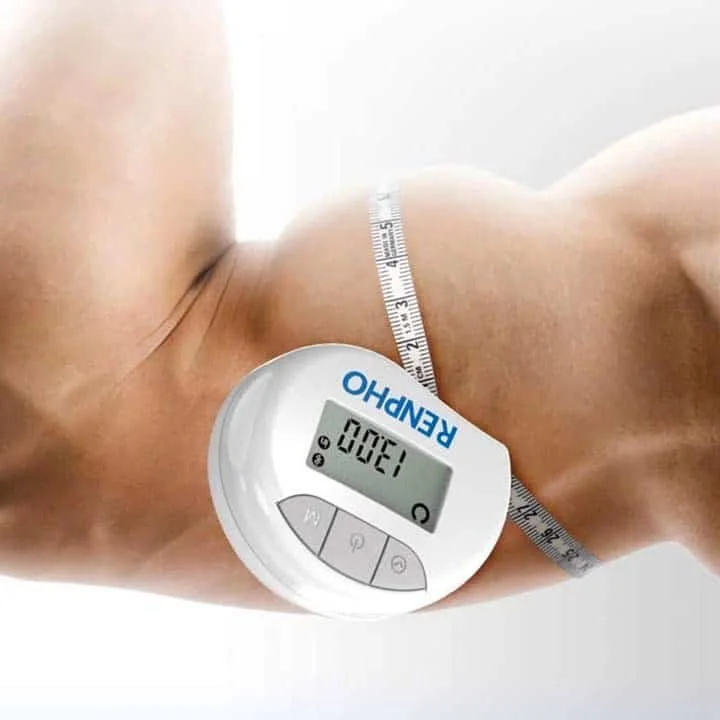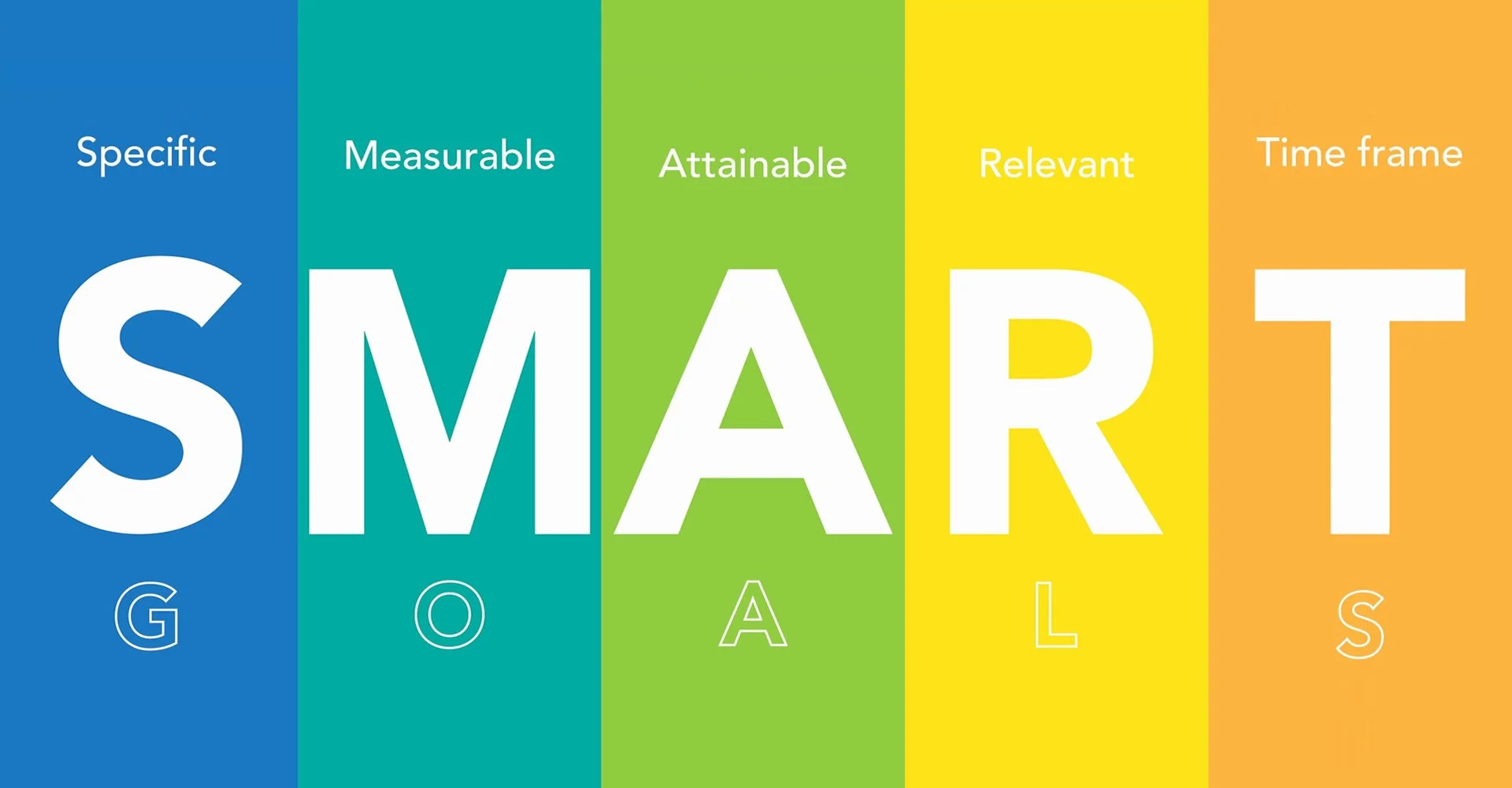Fitness for Cosplay: Get Con Ready!
Are you gearing up for an upcoming cosplay convention but feeling a bit out of shape? Don't worry, we've got you covered. In this article we will teach you the basics of fitness and nutrition for cosplay. So whether you're aiming to rock that superhero physique or want to look just like your favorite anime character, this challenge will have you looking and feeling your best for the big day. Let's dive in!
Assess Your Current Fitness Level
Before diving into any fitness regimen, it's essential to assess your current level of fitness. This step provides valuable insights into your strengths, weaknesses, and areas that need improvement, ultimately helping you tailor your workout plan for maximum effectiveness. You should always keep in mind that building a super physique will take time, and shortcuts often only lead to short term success. The most effective way to achieve your goal will be through building a strong foundation and remaining consistent.
Physical Measurements and Nutrition:
Start by taking some basic measurements to track your progress over time. Measure your weight, body fat percentage, waist circumference, and any other relevant body dimensions. You can use a scale, body fat calipers, or measuring tape for this purpose.
Also you should begin tracking the number of calories, protein, carbohydrates, and fats that you eat on a daily basis. A good start would be to keep a three-day journal of what you eat and its nutritional facts. From these numbers you can start to craft a diet plan.
Keep these measurements and numbers in a fitness journal or app to monitor changes as you progress through your fitness journey.
Set Clear Goals for your Cosplay Physique
You should think of your fitness goals as a map. These goals will guide the choices you make and consequently lead you to your goal physique. A popular goal setting framework is SMART Goals. SMART Goals are goals that are: Specific, Measurable, Achievable, Relevant, and Time Bound. Let’s go a little deeper into SMART Goals:
Specific
Goals should be clear and well-defined, answering the questions of who, what, where, when, why, and how. Specific goals provide focus and direction, making it easier to understand what needs to be accomplished. For example, a general goal is something like "improve fitness," but a specific goal would be to "run a 5K race in under 30 minutes." When planning your fitness/cosplay goals you should keep this idea of specificity in mind. For example, a bad/unspecific goal would be to, “look like Goku ”. A good/specific goal would be to," “Look like Goku by increasing my arm size by one inch”.
Measurable
Goals should include criteria for measuring progress and success. Measurable goals are quantifiable, allowing you to track your performance and determine whether you're making progress toward your objective. This could involve tracking numbers, percentages, or other relevant metrics. For instance, if your goal is to increase strength, you might measure progress by tracking the amount of weight lifted or the number of repetitions completed. Let’s go back to the previous Goku example. The bad goal to, “look like Goku”, is difficult to track. Other than visually, such a goal cannot be quantified. This could lead to aimless training or discouragement. Instead, the good goal to, “Look like Goku by increasing my arm size by one inch”, is measurable as arm size can be quantifiably measured.
Achievable
Goals should be realistic and attainable given your current resources, skills, and circumstances. While it's important to set challenging goals, they should still be within reach with effort and commitment. Setting unrealistic goals can lead to frustration and demotivation. Ensure that your goals align with your abilities and available resources to increase the likelihood of success. An example of a non-achievable goal would be something like, “I want to lose 30 pounds for the convention next week”. Many goals, especially fitness ones, take time to achieve. Always be cognizant of your goal’s feasibility, only feasible goals can be achieved.
Relevant
Goals should be relevant to your overall objectives and aspirations. They should align with your values, priorities, and long-term vision. Relevant goals are meaningful and contribute to your personal or professional growth. Before setting a goal, consider whether it's truly important and relevant to your broader aspirations. For example, if your ultimate goal is to excel in cosplay competitions, setting a goal to improve costume craftsmanship would be just as relevant as improving your physique.
Time-Bound
Goals should have a specific timeframe or deadline for completion. Setting deadlines creates a sense of urgency and motivation, helping you stay focused and accountable. Time-bound goals prevent procrastination and encourage consistent action. Establishing a timeline also allows you to track progress and make adjustments as needed. For example, if your goal is to lose 10 pounds you might set a deadline of three months to achieve this objective. The timeline for many of your cosplay goals will be bound by the date of the convention. Thankfully, many convention dates, are known months, if not a year, in advance. Let’s go back to our Goku example using what we now know about setting goals. Our new goal could be something like, “I want to look like Goku for next year’s convention by increasing my arm size by half an inch in six months.”. This goal is a major improvement over what we started with: “I want to look like Goku”.
Create Customized Workouts for a Cosplay
Now that you have a goal it is time to create a workout plan in order to achieve it. There are thousands of admirable anime, manga, manhwa, and superhero physiques out there, which means there is nearly an infinite amount of variability in programming needs. Therefore, your first step in creating a cosplay workout program will be to analyze your character’s physique.
Take note of their strong points and their weak points, is you character known for a particular ‘look’? Next you should research exercises that target those specific muscles and create a workout plan around the relevant exercises.
Sets and Reps
Workouts consist of exercises arranged into Sets and Reps. A repetition (rep) is one complete execution of an exercise movement. For example, if you are performing a bench press, one complete cycle of lowering the barbell to your chest and then pressing it back up to the starting position would constitute as one repetition.
Repetitions are grouped into sets. A set is a group of consecutive repetitions performed without rest. For example, a programed Sets x Reps of 4 x 8 should be read as four sets of eight repetitions. This means that to complete one set of the exercise you will need to perform 12 repetitions of it. Doing this four times, for four sets, would complete the programed exercise.
In general, for building muscle you should keep your repetitions between 8-12 reps. For building strength you should keep your rep range between 6-8 reps. For losing weight and defining the muscle you should use rep ranges 10 and above.
By pairing the exercises relevant to your cosplay with the correct rep range you can create a workout customized to your cosplay goals.
Losing Weight for a Cosplay
Losing weight is a common goal of many cosplayers looking to accurately portray their favorite characters or enhance their overall confidence and comfort in their cosplays. However, it's important to approach weight loss in a healthy and sustainable manner. Weight loss occurs when the total amount of calories you consume in a day is less than the number of calories you burn.
For example, if you eat 2000 calories in a day and burn only 1900 then you will gain weight. Oppositely, if you eat 2000 calories in a day and burn 2100 you will lose weight. Most of the daily calories you expend will be from the normal processes your body goes through, such as maintaining homeostasis. Because of this it is important to determine your Basal Metabolic Rate (BMR). Your BMR is the amount of calories you expend everyday from natural bodily processes. While there are BMR calculators online, the only sure way to track this number is by tracking the relationship between your calorie consumption, calorie expenditure, and weight loss.
When losing weight, it is best to only eat at a small calorie deficit (-200-250 calories). This means that you should consume 200-250 calories under the amount you expend everyday.
Gaining Weight for a Cosplay
Sometimes gaining weight, or muscle mass, will be the goal for a cosplay. This can be done through consuming more calories than you burn in a day. Like losing weight this is best done gradually, 200-250 calories above your daily calorie expenditure. To gain muscle, you will need to be both in a calorie surplus and eat enough protein to allow for your muscles to grow. The suggested amount of protein for muscle growth is around 1 gram per pound of bodyweight.
Conclusion
I hope this article has been helpful in giving you a starting point for planning your cosplay programming. As you learn more about fitness and how your body responds to different training styles and diets your ability to create your own cosplay training plans will improve. Fitness is a journey with many rewards. Not only will you find that your cosplays will improve, but your life as well.






